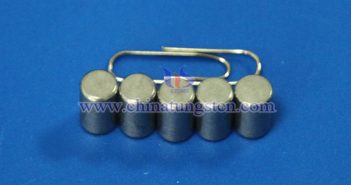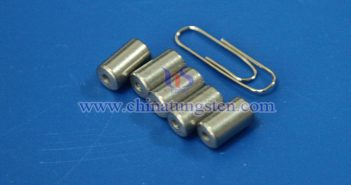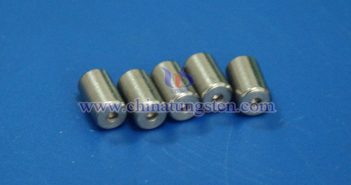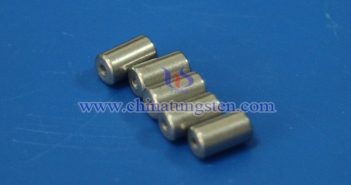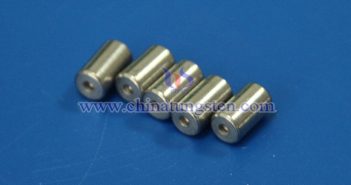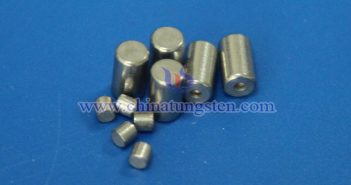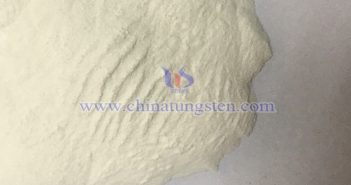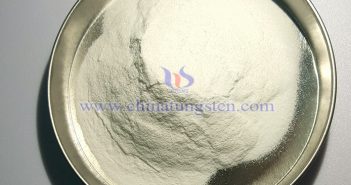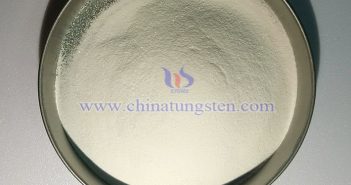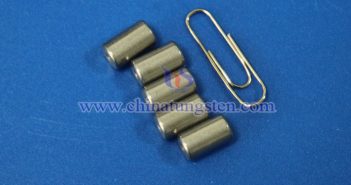
The barium tungsten electrode combines the high-temperature resistance of tungsten with the low work function of barium, making it an efficient and stable cathode material for vacuum tubes. Its balance of electron emission efficiency, longevity, and application versatility has led to its widespread use in various high-performance vacuum tube devices. 1. Composition and Structure of Barium Tungsten Electrode The barium tungsten electrode typically uses tungsten as the base material, impregnated with barium compounds. Tungsten provides high-temperature stability and mechanical strength,…

